History and Herstory

The year 1971, a year that is firmly entrenched in everyone's mind as being a momentous time in history. Those were tumultuous times, insecure times, distressing, perturbing, worrying times. Those were the times when passion, fearlessness, spontaneity, commitment, visionary dreams and ideals ruled over calculations of what one stands to gain, what losing entails. At most, one would lose one's life. On the other hand, not taking part could mean ending in a complete annihilation of the people of Bangladesh. There simply was no other option.
The population of Bangladesh, then still globally known as East Pakistan, consisted of seventy-five million people. An estimated ten million refugees from Bangladesh fled to neighbouring India, while thirty million were calculated as being internally displaced. The figures of those internally displaced vary between twenty to thirty million (UN in Bangladesh and Totten, Samuel; Bartrop, Paul Robert (2008). Dictionary of Genocide: A-L), according to different sources. This meant that they had to leave their homes and live in other parts of the country, seeking refuge in people's homes, often fleeing one village or area, only to hear of an impending attack and move to another village. Of the popularly estimated three million killed—no proper census was ever done of the number of deaths and number of women who had been raped, this is the number that is generally and officially quoted—many were from this group of the internally displaced people, a large number of whom were women. Apart from these approximately forty million people who had to flee their homes, consisting of more than half of the population of the land, a very large number joined the Mukti Bahini, the freedom fighters.
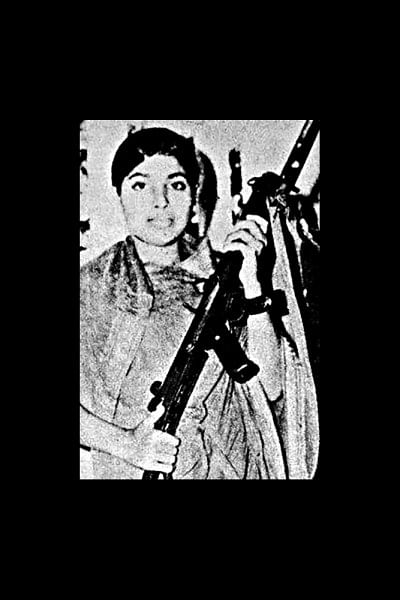
We have read and heard many recollections, many books, articles, researches on the Liberation War that gave Bangladesh its territory, its flag, its recognition as a nation state. Narratives, write-ups, interviews, films, novels, have been written about the valiant role played by the Mukti Bahini. The most common narrative, and the one that very quickly comes to one's mind when visualising the nine months of the war itself, is that of male freedom fighters, both those who had been officially recruited as part of the Units, as well as the guerrillas, inching their way through mud and slush, silently, and then an assault on a Pakistani camp. It is almost always a male visual that is projected, either through films, writings, either fiction or memoirs. The picture of women during these nine months, were either of women who were raped, tortured and taken to army and collaborators' camps, or that of women who fed, gave shelter and protected the freedom fighters when they ventured into the villages to conduct an operation, or to "recce" (reconnaissance) the area. Occasionally women were projected as those that collected information, surveyed the area for the freedom fighters, or carry messages and occasionally even arms. But very, very seldom have women been recognised as having fought the war head on, alongside men in armed operations.
I do not in any way wish to diminish the very important and very risk-laden role played by women as described above. Every person's action and role is and was of great significance and value. This was 1971, when women's consciousness had not reached the level it has reached today and thus till today remains undocumented. Many women who had crossed over to India to take part in the War, fight directly in the battlefields , were sent off to be trained as nurses, or support staff to treat wounded fighters and other refugees in need of medical attention. Living in difficult quarters, many of them who had no previous experience or training in nursing did a tremendous job of treating and caring for the wounded soldiers. First-hand accounts of some of my valiant friends who left the comfort of their homes and their families and went to work in these hospitals not knowing how long they would need to remain there, with little or no news of the family members they left behind, bravely living in conditions that were minimal in nature, no proper bathing facilities as they were used to, sleeping arrangements that were so different and difficult, relay all this with such humour and a touch of nostalgia, a deep sense of satisfaction of having participated in their Liberation War, of having played a role. When they do get together, not so often these days as so many have scattered to different parts, it is wonderful to feel their camaraderie.
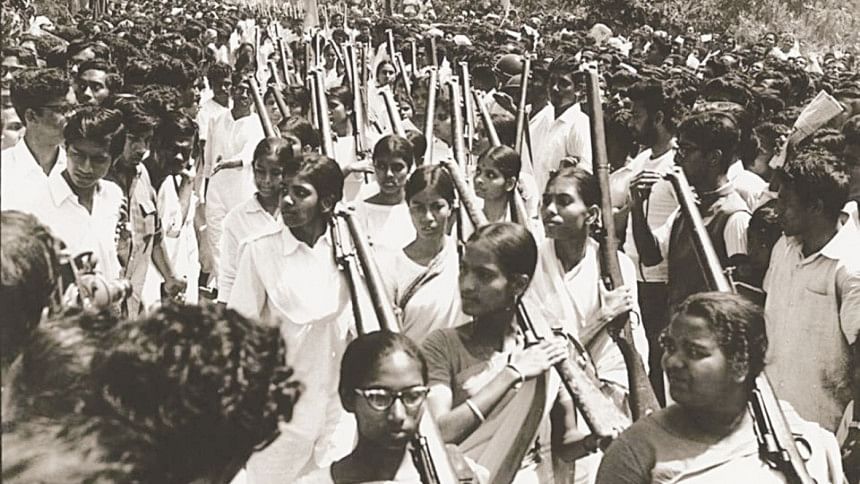
Another group of active participants during our Liberation War, were the artists and performers. Again leaving their homes and often families behind, they played the important task of keeping the morale of our freedom fighters and also those living in miserable conditions inside the refugee camps up, imparting a sense of positive power, of keeping the energy going, of providing music, moments of happiness or some form of joy in such difficult conditions. It is only those who have been in struggles, who realise what a role culture, music, dance, puppetry, songs, films, plays etc. play. In both of these roles, we find women in greater numbers than elsewhere. There are other roles too, that women played during the Liberation War. Space restrictions stop me from naming all the different roles women were involved in.
Some women were also involved in directly participating in armed battles. In a few cases, when they were discovered, it was felt safer to send the women off to a place which was considered "safer". The late Shirin Banu Mitil being one such example. Kakon Bibi was another such woman, playing a myriad of roles together, combatant, collecting information, she was also picked up by the Pakistani army, raped, managed to escape and resume her combatant role. There are others. Some recognised by the media, by society at large, some lost.
Of those recognised by the State, giving them gallantry awards, only two were identified. One, Captain Sitara Begum awarded the Bir Protik, as the Commanding Officer of the Bangladesh Hospital under Sector 2.
The other was Taramon Bibi also awarded a Bir Protik. For many years Taramon was not just "undiscovered" but forgotten.
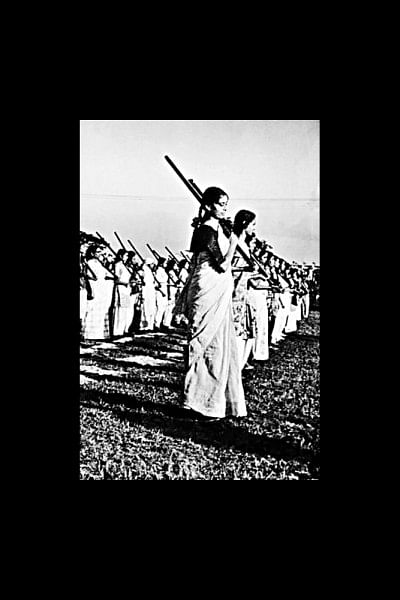
It was only in late 1995 that Taramon was "introduced" to the people of Bangladesh publicly, twenty four years after Bangladesh was liberated. Taramon's address was wrongly written as Chilmari, Kurigram, when she was actually from Rowmari (now Rajibpur) in Kurigram, just on the opposite bank of the River Jamuna (Brahmaputra). A teacher cum researcher at Ananda Mohan College at Mymensingh, Bimal Kanti Dey, while researching the whereabouts of Gallantry Awardees and where they were now, found the names of two women. One was quite well known. She was a doctor now living abroad, but no one knew anything about the whereabouts of Taramon Bibi. Mr Dey started his search. He went to Chilmari and while there found that during one of the battles there, a group from Rowmari also participated in that same battle. Someone recollected a young girl with the group. Bimal Kanti Dey was not one to give up; he got in touch with the Muktijoddha Command Council and found the whereabouts of Taramon through another freedom fighter-college teacher Abdus Sabur Faruqui, other members, and the Commander of the Rajibpur Unit of Muktijodhha Sangsad. Taramon was always poor, and at that time living in abject poverty. Having contracted tuberculosis many years back, years of dire poverty and lack of treatment made her weak. Having worked in the area, I knew the members of the Mukti Juddho Sangshad. Women's organisations at that time had become very united due to the movement to bring to justice the three policemen who had raped and killed fourteen-year-old Yasmeen from Dinajpur. We took it upon ourselves to bring Taramon to Dhaka, to ensure she gets her due recognition and to try to ensure her treatment.
Though at first people were sceptical and a whole barrage of questions thrown at her. The way Taramon answered questions about how one handles a gun, what battles she took part in, through her own ability, she convinced all the sceptics that she was indeed a freedom fighter. As soon as she arrived in Dhaka, she asked us to search out the man who was responsible for taking her in as a freedom fighter, teaching her how to use arms and take part and have her participate in all the battles that the group took part in, her foster father, as she called him, Havildar Muhit. He had by then left service and was living in his home in Moulvibazar. He too was located and the reunion between the two was magical to witness.
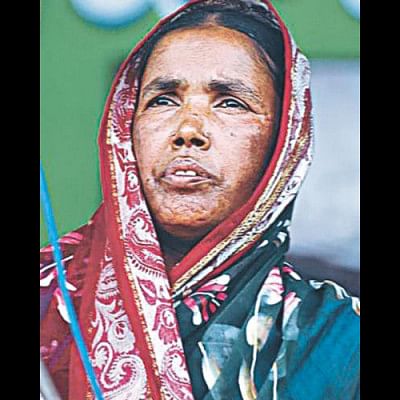
Taramon passed away on December 1, 2018, this year. She never fully recovered from the damage that was done to her lungs. She has been in and out of hospitals ever since 1995. Each time it was difficult for her to find the money for her medicines, for her food. She was much better off financially than when she came into the national limelight in December 1995. At that she was literally begging. But whatever she got could not compensate for the twenty four years, plus the fourteen years before that, all of which she had lived in severe poverty and deprivation. There is so much that has been written about her, details about her can be found very easily.
She kept in touch throughout. Just a few days before being hospitalised for the last time, she called me. I realised that this time it was more serious. She had a warm, lovely, positive and radiant personality. A great sense of humour, a sense of honour tinged with humbleness and sensitivity. The last time, she sounded tired, the spark was gone. She was a fighter, she was a warrior, she was someone I had come to feel I could share many things with. Just as she would share issues she felt concerned about and needed to share with me, matters which would worry her. She was unique and I am not sure we ever valued her the way she should have been. To me, Taramon signified the spirit of 1971, even in her darkest days.
Khushi Kabir is a rights activist and the coordinator of Nijera Kori.




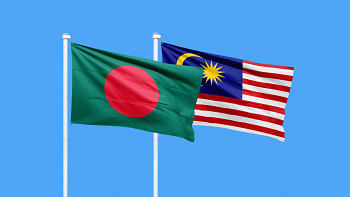
Comments